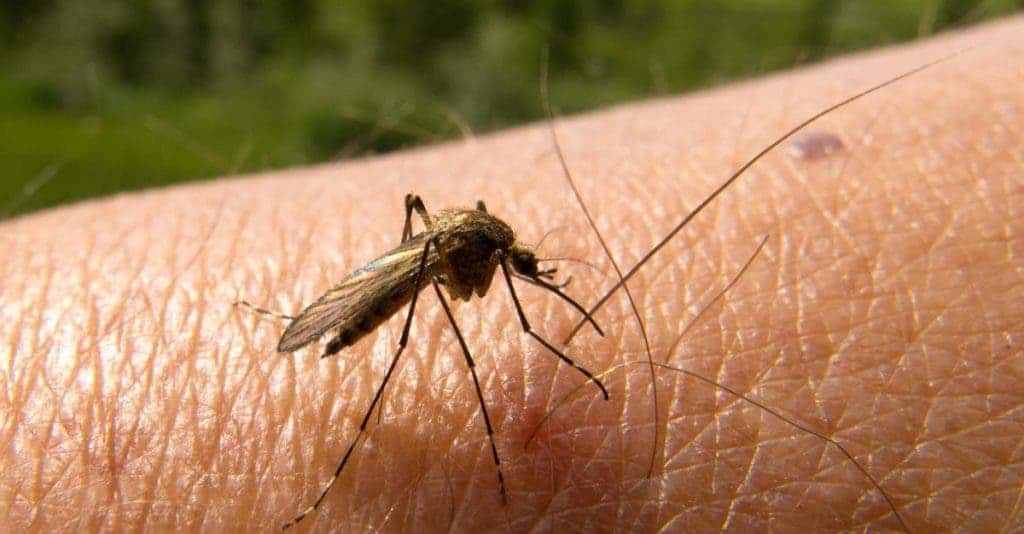Malaria infects over 250 million people every year throughout the world, claiming 438,000 lives in 2015 alone, most of them in the poor areas of sub-Saharan Africa. That’s a staggering number of people who get sick and die every year — and it used to be much worse. Since 2000, malaria incidence has dropped by 60 percent thanks to prevention measures but what doctors are really interested in is a malaria vaccine. Finally, after decades of research evidence points to a working vaccine against malaria.
“Considerable progress has been made in the global fight against malaria within the past decade, yet far too many people — particularly young African children — continue to become infected and die from the disease,” said NIAID Director Anthony S. Fauci, M.D. “A safe, effective vaccine to protect against this mosquito-borne illness would greatly help efforts to bring the disease under control.”
In 2013, Maryland-based biotech Sanaria reported promising results from a phase 1 clinical trial for a malaria vaccine. Now, the results from the most recent clinical trial suggest that Sanaria® PfSPZ-CVac was 100 percent effective when assessed at 10 weeks after the last dose of vaccine. The trial was conducted in the United States on 67 healthy adult test persons, none of whom had previously had malaria. Another clinical trial, this time conducted in a malaria hotspot in Mali, Africa, found the vaccine was 48 percent effective at preventing infection.
The best immune response, in the case of the US trial, was shown in a group of nine test persons who received the highest dose of the vaccine three times at four-week intervals, as reported in Nature by researchers at the German Center for Infection Research.
“This level of sustained efficacy against malaria infection in a region with an intense transmission season has not been seen in previous malaria vaccine studies in Africa,” said Sara Healy, M.D., M.P.H., of NIAID’s Laboratory of Malaria Immunology and Vaccinology. “It is a very encouraging finding that we can, hopefully, build upon.”
Malaria is caused by the Plasmodium falciparum parasite which is only transmitted by female Anopheles mosquitoes. When a person is infected, the parasite migrates to the liver where it reproduces. During this incubation period, no malaria symptoms arise and patients may be totally unaware they’re carrying the disease. The disease breakout once the pathogen exits the liver to enter the bloodstream where it continues to reproduce and spread.
Sanaria® PfSPZ-CVac incorporates fully active pathogens but also medication to combat them.
“By vaccinating with a live, fully active pathogen, it seems clear that we were able to set of a very strong immune response,” said study leader Benjamin Mordmueller, “Additionally, all the data we have so far indicate that what we have here is relatively stable, long-lasting protection.”
“That protection was probably caused by specific T-lymphocytes and antibody responses to the parasites in the liver,” Professor Peter Kremsner explained.
The next step is to further test the vaccine’s effectiveness over several years in a clinical study in Gabon funded by DZIF. Malaria is one of the biggest health threats in the African nation.
Next, the vaccine will be further tested for a couple of years in Gabon, an African nation where malaria is rampant.










